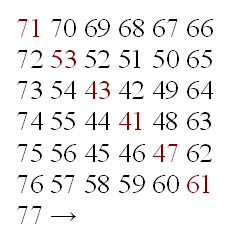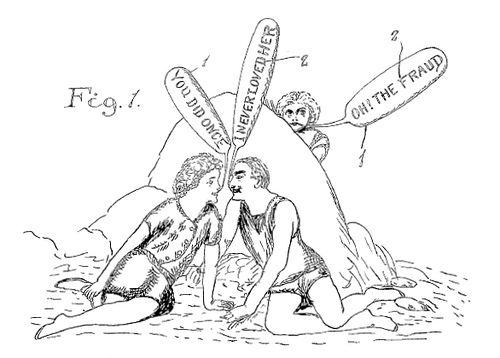Ken Rex McElroy was the town bully of Skidmore, Mo., and a thoroughly vile man. A thief, rapist, and arsonist, he had been charged with dozens of crimes but avoided jail by intimidating witnesses.
So perhaps it’s not surprising that two townsmen finally shot him to death on July 10, 1981, in broad daylight in the center of town.
But somehow, though McElroy’s wife identified the attackers, none of the 46 witnesses could quite recall what they had seen that day.
Without corroboration, the case could not move forward–and it remains unsolved to this day.



